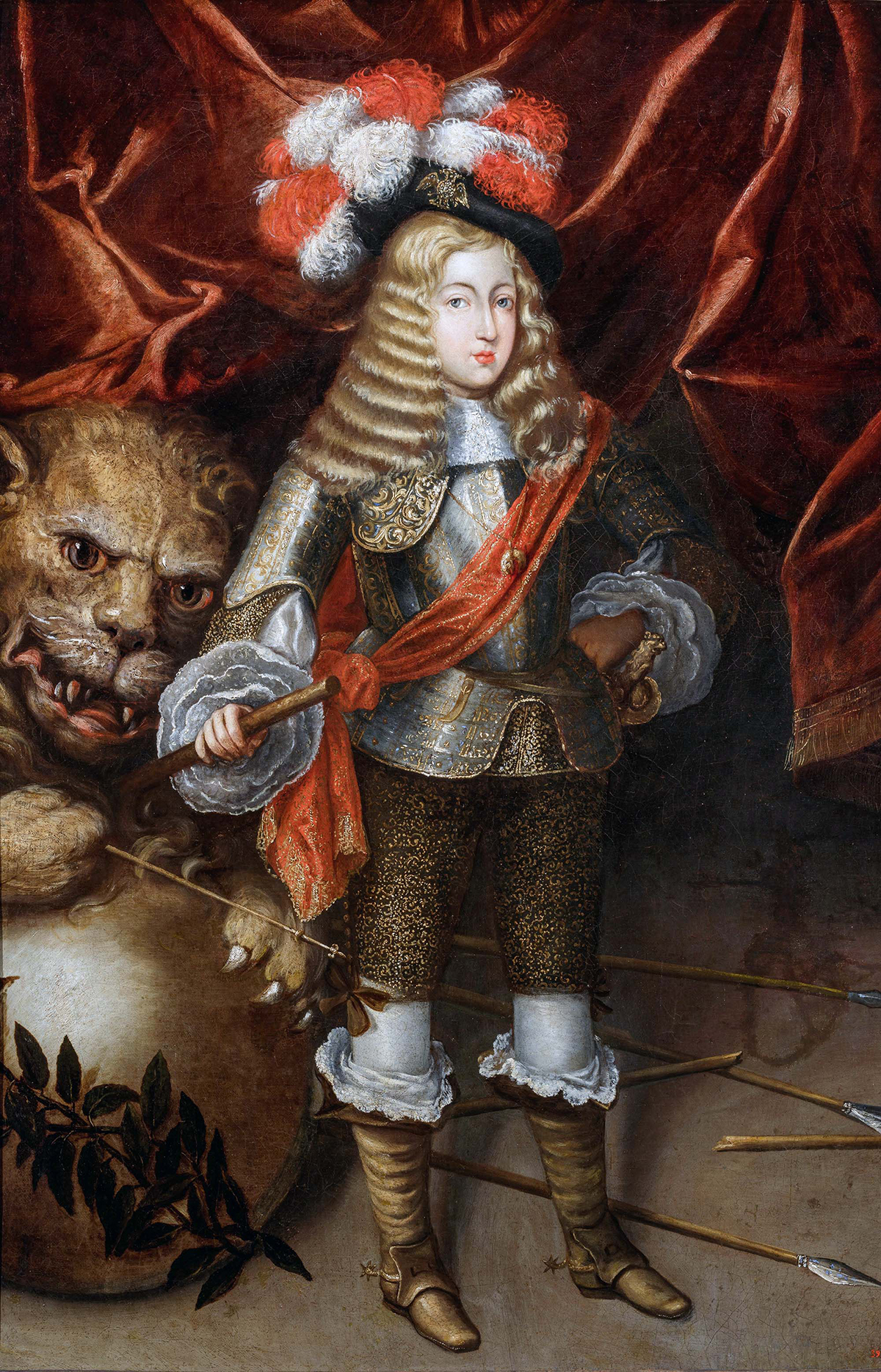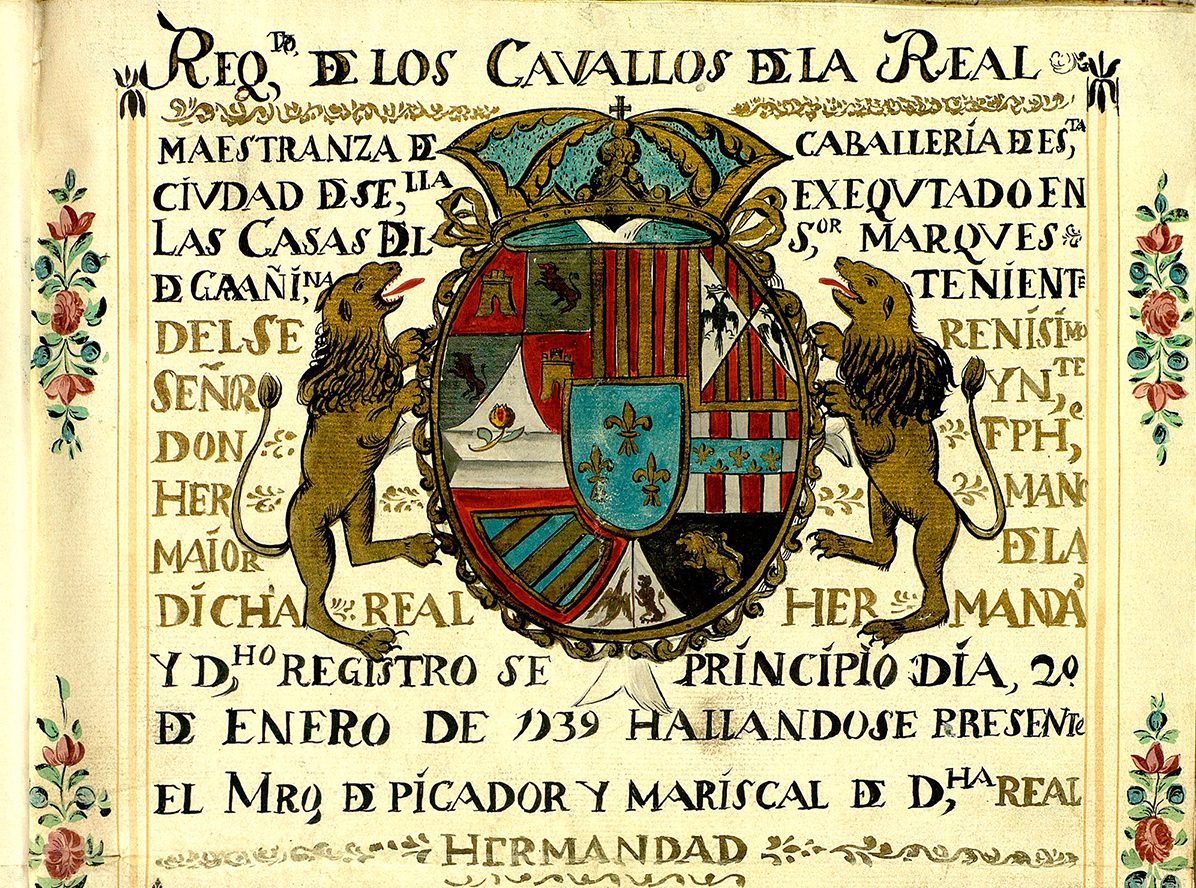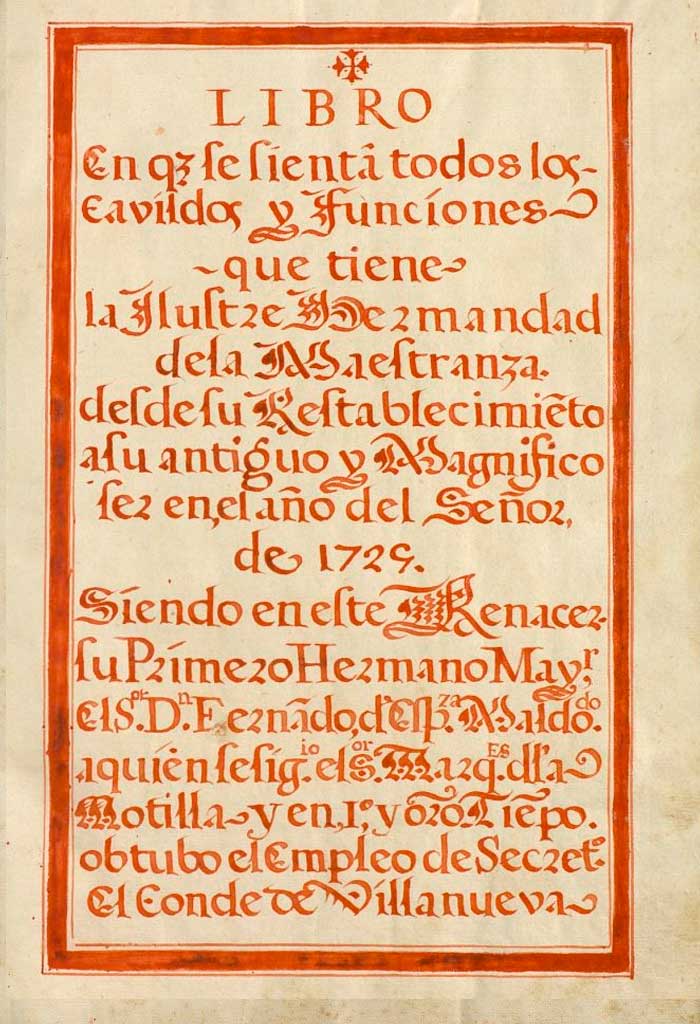The history of the Real Maestranza de Caballería de Sevilla goes back to the conquest of the City by King Fernando III “The Saint” in 1248. The knights who accompanied him in that action of such importance founded a Chivalric Fraternity or Brotherhood, dedicated to Saint Hermenegildo, for the purpose of training in the use of weapons and in horsemanship, and so as to be prepared for combat. With the passage of time that Chivalric Brotherhood became less and less active, and finally disappeared. But as a result of the Royal desire, first of Felipe II and later of Felipe III, to keep its spirit alive in a new institution, the Real Cuerpo de Maestranza de Caballería de Sevilla was founded in 1670, during the reign of Carlos II. In the rest of Spain the different Maestranzas followed a process similar to that in Seville, and all were founded from the second half of the XVIIth century.
The skills of the nobility in horsemanship arte de la jineta were of great use in the training of officers for the army, and in their training for war in the service of the Crown, which could always rely on their support and interest.





